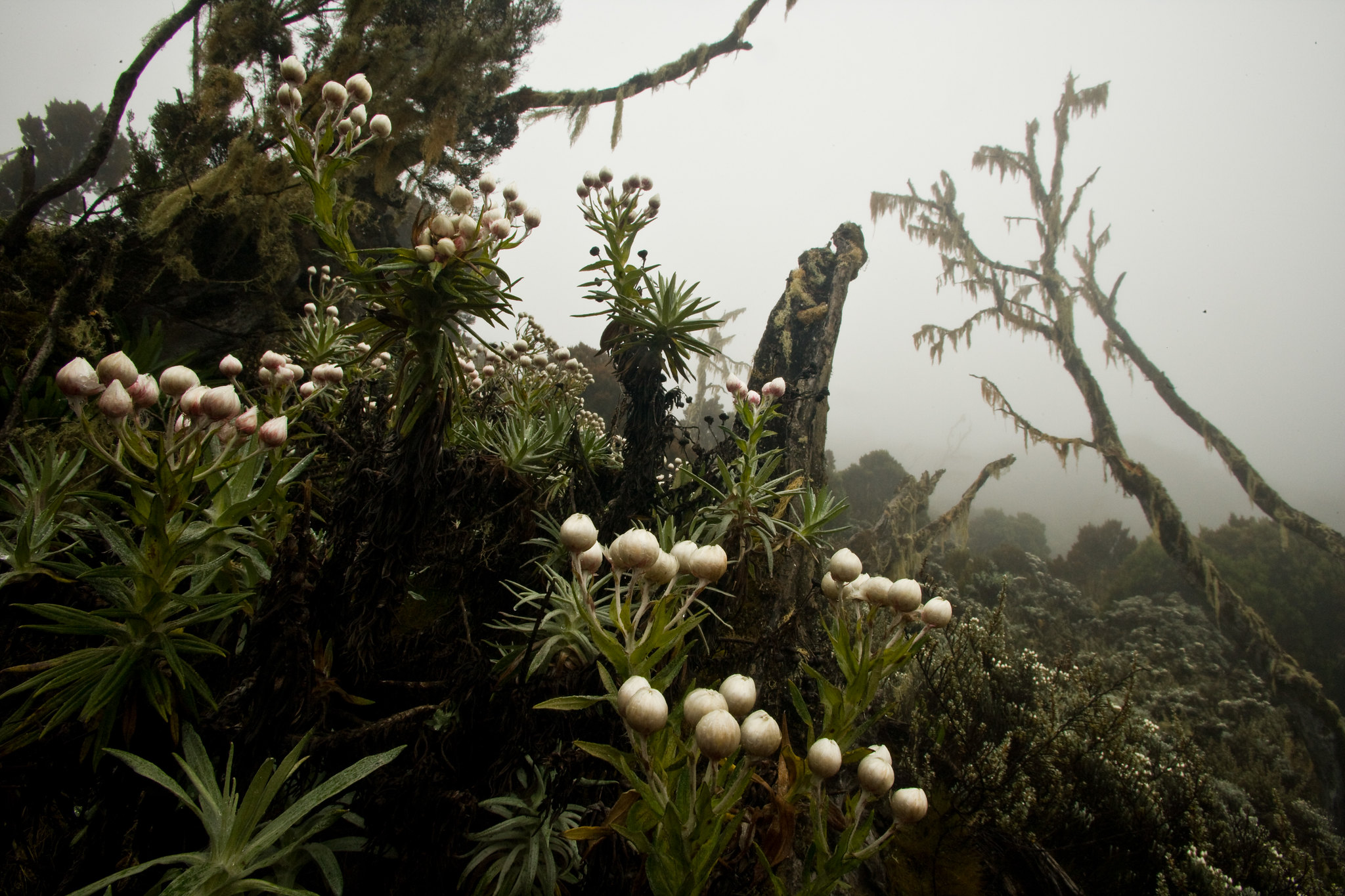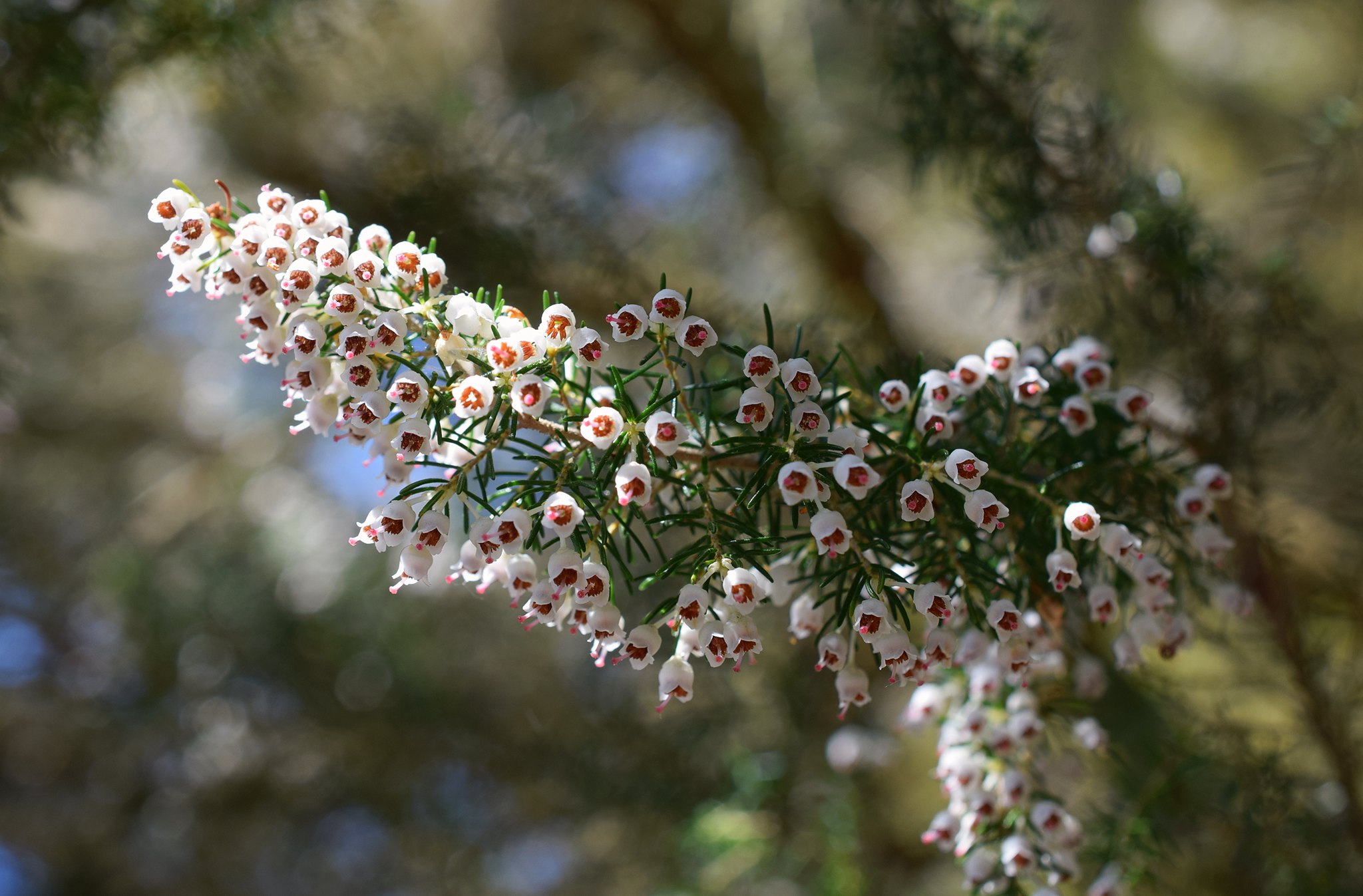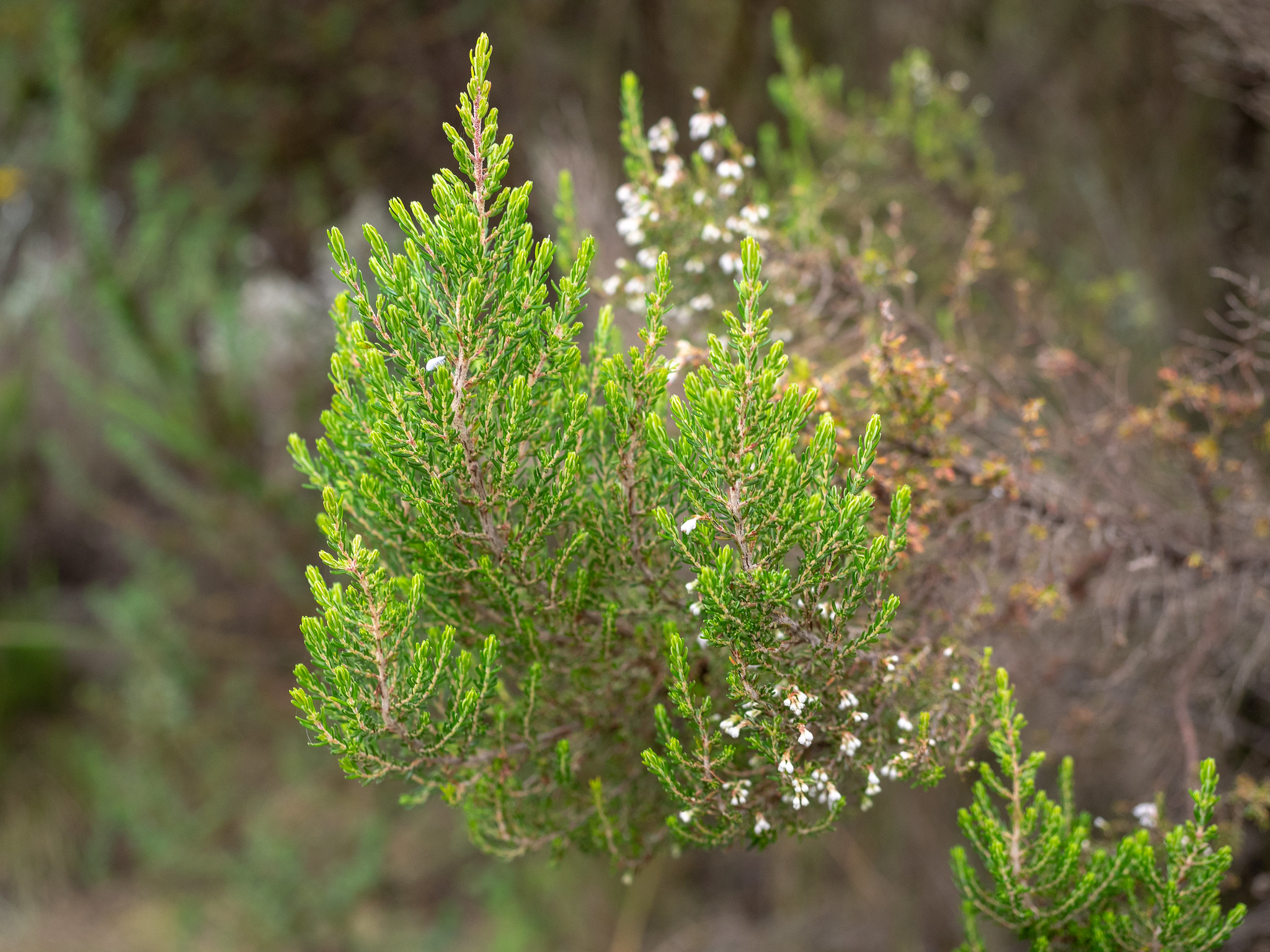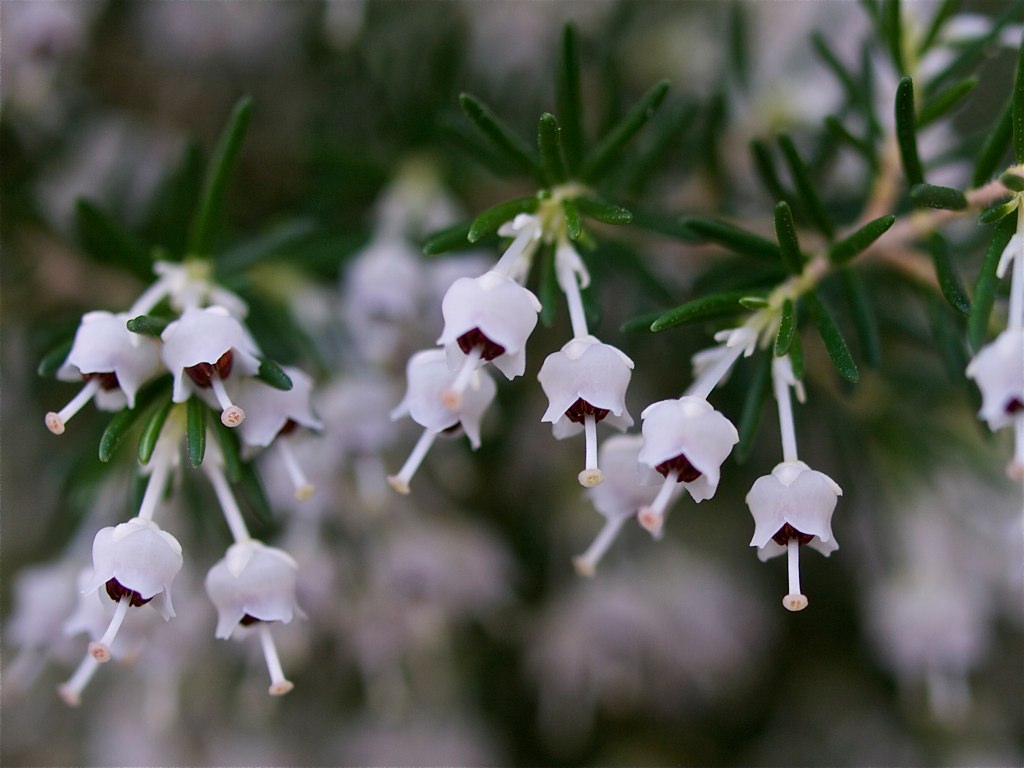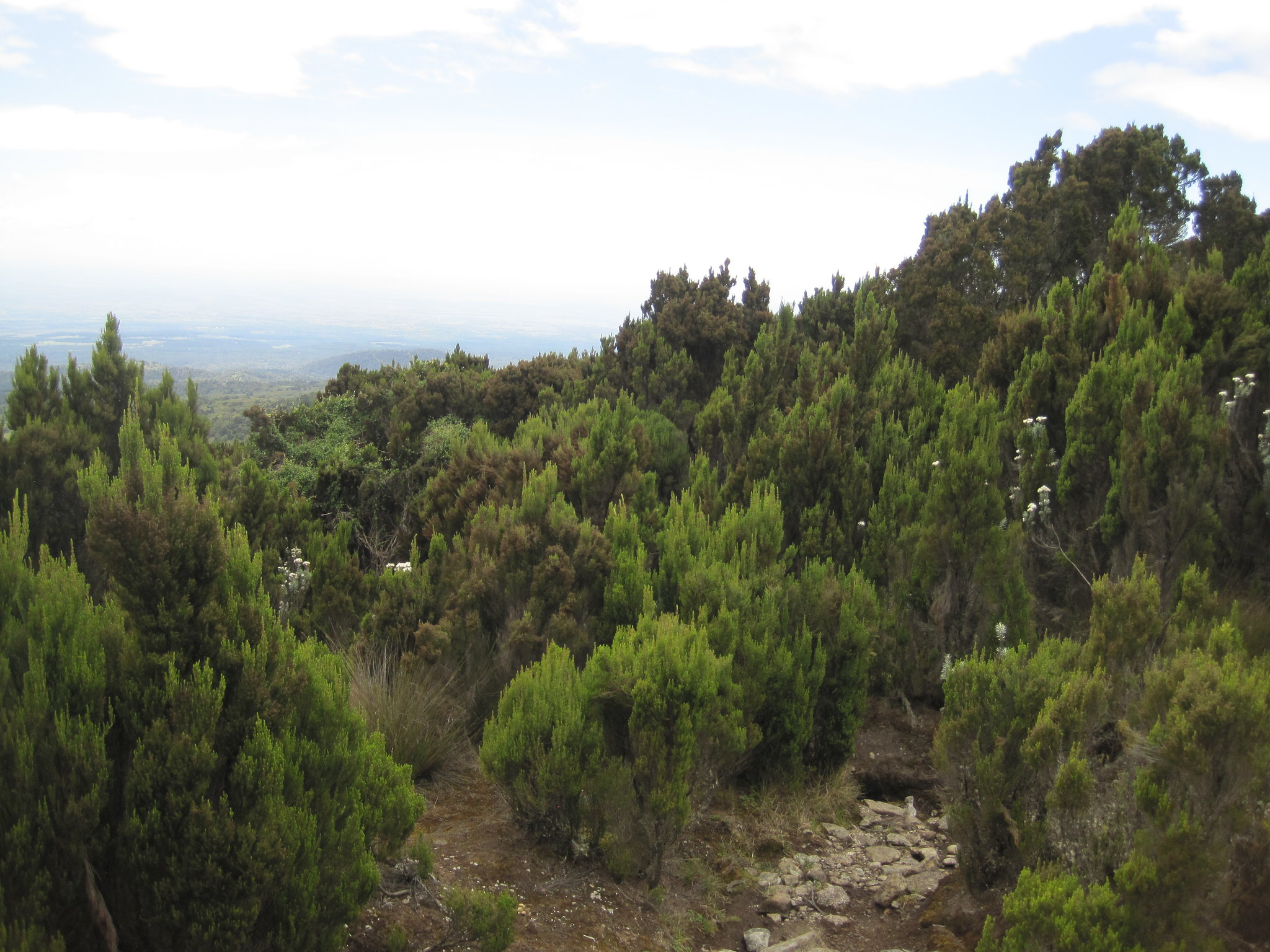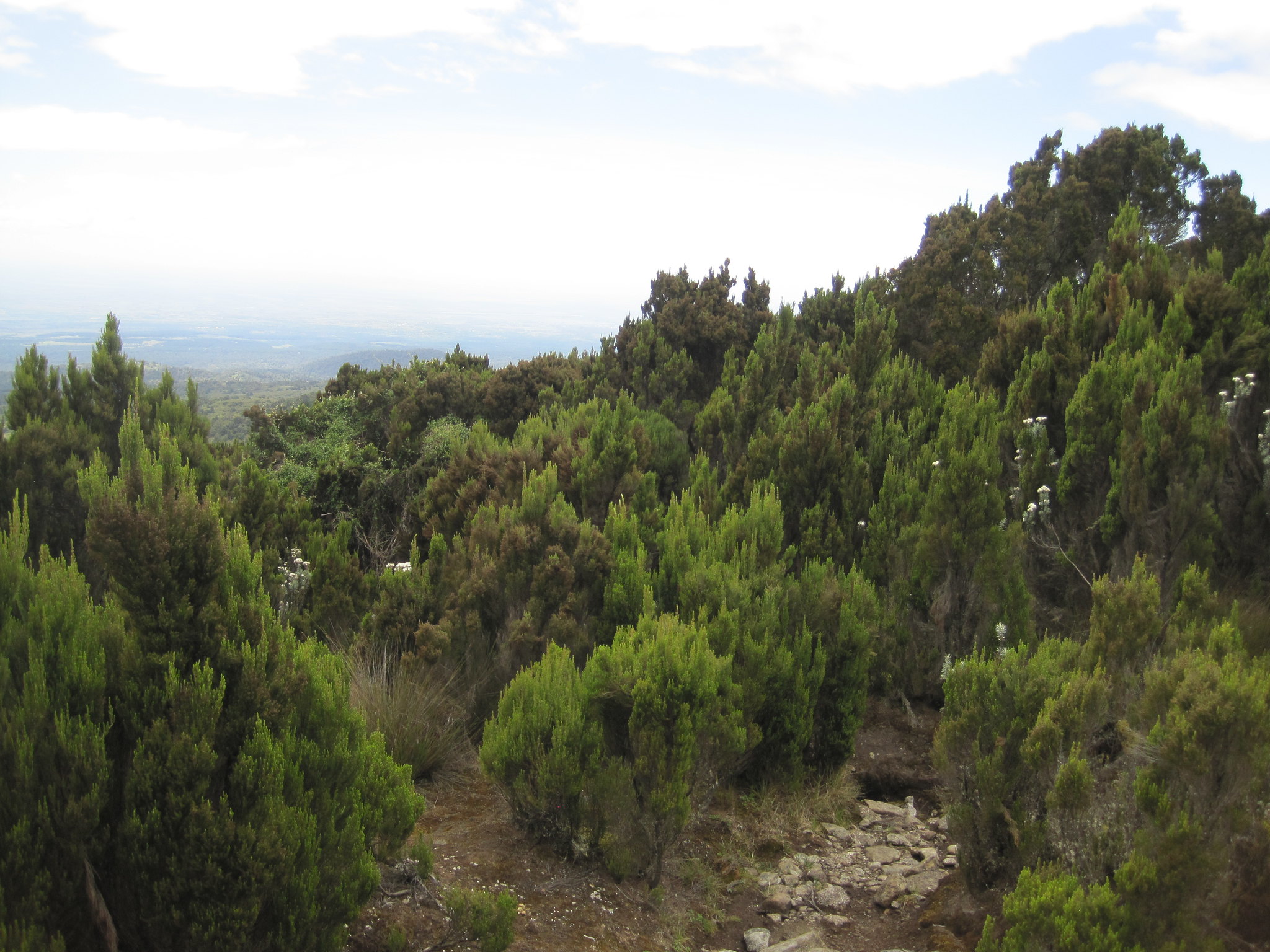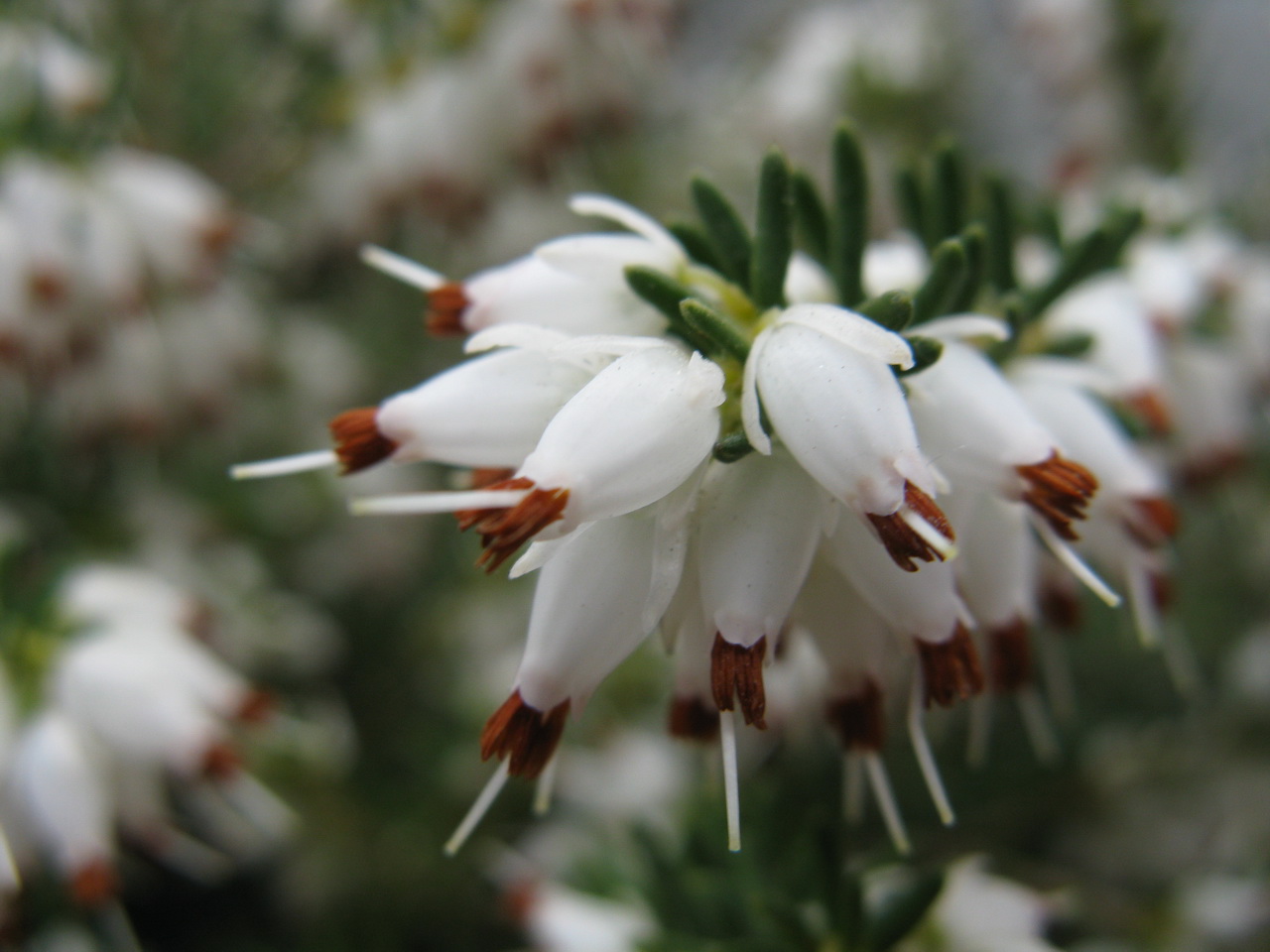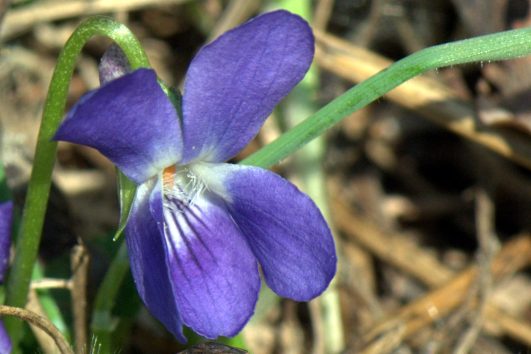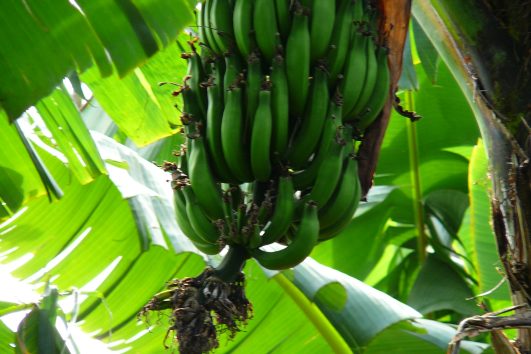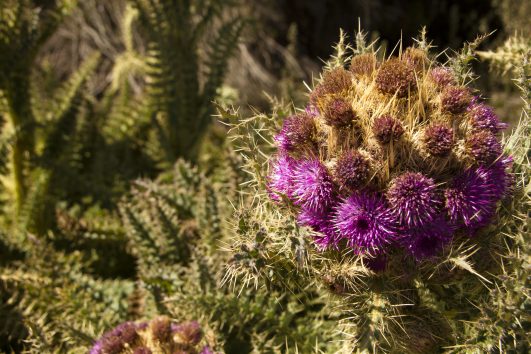Erica arborea, commonly known as tree heath or Mediterranean heather, is a species of flowering plant in the family Ericaceae, thriving in the Mediterranean region and parts of East Africa like Ethiopia, Kenya, and Tanzania. It’s also grown for its ornamental value.
Fire frequently occurs in the Erica shrub at the treeline at 3800 meters (there are two to three kinds of Erica, including Erica arborea). Massive trees were once present, as shown by the stump in the center of the foreground. The recent decrease in precipitation has led to an increase in the incidence of fires.
- Commercial Use: The wood, known as briar root, is prized for its durability and heat resistance, making it ideal for crafting smoking pipes.
- Fossil Evidence: Leaf fossils believed to be from this species have been found in the Mio-Pleistocene deposits on Madeira Island, suggesting its long-standing presence in the region.
- Physical Characteristics:
- Size: In its natural habitat, especially in Africa, it can reach up to 7 meters tall, though it’s usually 1-4 meters in cultivated settings.
- Appearance: It features dark green, needle-like leaves and produces numerous small, white, bell-shaped flowers with a sweet, honey-like fragrance.
- Soil Preference: It’s a calcifuge, meaning it avoids calcareous soils, preferring acidic conditions in sunny, open areas.
- Geographical Spread:
- Africa: Known as giant heather, it’s found in highland areas like Kilimanjaro, the Ethiopian Highlands, Ruwenzori Mountains, and Cameroon Mountains.
- Mediterranean: Native to the maquis shrublands, its range extends from Bulgaria in the north to Portugal in the west, including the Canary and Madeira Islands.
- Australia: There are naturalized populations in southeastern Australia.
- Description:
- Appearance: Erica arborea is a shrub or small tree that can grow up to 7 meters tall. It has slender, green, needle-like leaves and produces small, bell-shaped, white or pink flowers that are highly fragrant. The plant’s bark is often used for tanning leather due to its high tannin content.
- Habitat:
- Distribution: Native to the Mediterranean region, extending from the Atlantic coast of Portugal to the Middle East. It thrives in various environments, from rocky slopes and forests to open scrublands, often on acidic soils.
- Ecological Role:
- Soil Improvement: Its root system helps prevent soil erosion and contributes to soil fertility through the decomposition of its organic matter.
- Wildlife: The flowers are a significant nectar source for bees, making it important for honey production in regions where it grows abundantly.
- Cultural and Economic Uses:
- Broom Making: Traditionally, its flexible branches were used for making brooms, which is why it’s sometimes called “briar” in English.
- Perfume and Medicine: The flowers have been used in perfumery for their sweet scent. In traditional medicine, parts of the plant have been used for various remedies, though scientific validation of these uses varies.
- Conservation Status:
- While not globally threatened, local populations can be affected by habitat loss due to urbanization, agriculture, or overharvesting for its uses.
- Adaptations:
- Fire Resistance: Erica arborea has evolved to survive in environments prone to wildfires. Its seeds can remain dormant in the soil and germinate after fires, contributing to post-fire regeneration.
- Cultivation:
- Gardening: It’s cultivated for ornamental purposes in gardens, particularly in regions with Mediterranean climates. It prefers well-drained, acidic soils and full sun to partial shade.
- Challenges: It can be susceptible to root rot in poorly drained soils and might suffer from pests like aphids or scale insects.
- Interesting Facts:
- Longevity: Some specimens can live for over 100 years, contributing to the biodiversity of Mediterranean ecosystems.
- Cultural Symbolism: In some cultures, it symbolizes protection and is used in rituals or as a charm against evil.
Additional information
| Habitat | Heath & Moorland Zone |
|---|

